Terror in Space: 16 Horror Movies Set In Outer Space
What are the best space horror movies?
In the history of cinema, there have been quite a few scary space movies, as the terrors of outer space have been explored on screen for decades—ranging from the inherent dangers of space travel to hostile aliens and the horrors of what we may find out there. Below, find more than a dozen movies—and (bonus!) one book—that combine elements of horror and science fiction to create scary stories set in outer space.
Revised March 2025
Related Links
As an Amazon associate I earn from qualifying purchases. (At no additional charge to you.)
Terror in Space: 16 Horror Movies Set In Outer Space
Forbidden Planet (1956)
A rescue mission heads to a distant planet to learn what happened to a colony that has gone silent—and only find two survivors, one of whom holds a deadly secret. This groundbreaking film, which parallels the plot of William Shakespeare’s The Tempest, is hailed as one of the best early examples of combining elements of science fiction and horror.
“Forbidden Planet deserves all its kudos. It’s not a perfect film, but it’s a great way to spend a couple of hours. Unlike other sci-fi films that are rather obvious Cold War allegories, Forbidden Planet is one of those rare productions that both define and transcend their era. Watch it and you’ll agree–though you’ll sleep a little less easily afterwards.”—Dan Schneider, Alt Film Guide
“Forbidden Planet is still dazzling and subversive, and an influence on most major space opera science fiction.”—Jim Knipfel, Den of Geek
“Forbidden Planet elevated science fiction as a Hollywood genre, effectively reintroducing it to audiences as a brand of cinema capable of stimulating the intellect as well as the imagination.”—Ian Olney, Library of Congress
It! Terror From Beyond Space (1958)
In a clear antecedent for 1979’s Alien, the crew of a manned expedition to Mars is threatened by a mysterious alien life form that has boarded the ship.
“Director Ridley Scott immortalized his film career with 1979’s Alien, following the crew of a spaceship slowly picked off by a murderous alien stowaway. Scott’s deep space horror and vision of the future helped to shape a new age of science-fiction, but the plot of the movie may not have been so original. Comparisons to the 1958 film It! The Terror From Beyond Space have been made since [Alien] was first released, with one producer admitting the film was shown on set to make sure they weren’t copying it entirely.”—Andrew Dyce, Screen Rant
Planet of the Vampires (1965)
After crash-landing on a mysterious planet, a team of astronauts inexplicably begin to turn on each other. Soon, they discover the horrifying force that’s influencing them. There’s at least one scene in this Italian production that looks like an influence on 1979’s Alien. I can’t tell you about the coolest part of the film, because it would spoil it for you.
“For Planet of the Vampires Mario Bava turned his visual sense to a new genre, the space opera. Bava’s stunning Gothic variation weaves a weird tale of flying saucers, ray guns and zombies that looks like no other space movie ever filmed.”—Glenn Erickson, DVD Talk
“Planet of the Vampires is a great case study for genres in transition: while some of its scenes are as cheesy as a bad children’s TV show, others are surprisingly grim and gorgeous, and clear precursors to future masterpieces like Alien and The Thing. There is no singular “a-ha” moment that pivots Planet of the Vampires from mediocrity into something special, and part of the pleasure in watching it is identifying your own path of conversion. Mario Bava’s sets are among the weirdest and coolest ever produced, and critics have spent years dissecting his influence on Scott, Jodorowsky, Argento and Carpenter (in addition to science fiction, Bava pioneered the slasher genre). Planet of the Vampires is corny and pulpy, but it’s also a must-see for fans of classic cult cinema.”—Spencer, Blood Good Horror
Queen of Blood (1966)
Recycled a bit from a Soviet sci-fi film, Queen of Blood features first contact between an alien species and a rescue mission from Earth. When the astronauts bring aboard the only survivor of a wrecked interstellar ship—a strange, green-skinned woman—the crew begins dying under mysterious circumstances.
Queen of Blood director Curtis Harrington repurposed footage from Soviet film Mechte Navstrechu. According to his memoir Nice Guys Don’t Work in Hollywood, the Soviet version is about “the world’s natural fears of the nature of aliens…and discovering at the end that the alien wants to be friends.”
However, the director wanted to take the story in the opposite direction:
“I devised a tale in which the queen of the aliens–brought back to earth by a group of American astronauts –is a vampiric creature who seeks a new food source for her dying planet. The food source, as it turns out, is the human race. Some years later, it was very flattering to realize that I had created the prototype for a whole series of science-fiction movies dealing with monstrous creatures from outer space, beginning with Ridley Scott’s Alien.”
From The Last Drive In contributor Monstergirl:
“Though the story may sound simplistic, Harrington brings his brand of atmospherics to each scene, injecting a sort of queer distorting sense of reality, and as [actress Florence Marley] begins her blood feasting, the menace and the fantastical color palate permeates each frame like a nightmare set in space.”
Solaris (1972)
A 1972 Soviet science fiction art film based on Stanisław Lem’s 1961 novel, a psychologist is sent to a station orbiting the planet Solaris to discover what has caused the crew to go insane—only to suffer from the same mysterious phenomena as the others.
“From its poignant opening 20 minutes, with Kelvin shedding his ties to his family and his past in the quiet grove where he grew up, Solaris instantly establishes itself as a film about what it means to be human, and our relationships with the world and those who inhabit it.”—William Carroll, Little White Lies
“Andrei Tarkovsky started work on an adaptation of Stanisław Lem’s philosophical science-fiction novel in 1968 in an attempt to find a popular cinematic subject. After the usual labyrinthine negotations with the Soviet authorities over the script, what emerged was a space film unlike anything before or since. Lem's novel posited the existence of solaristics; the study of an outlying star system that had bizarre effects on human psychology. Tarkovsky took this idea, and turned it into a dreamlike interrogation of faith, memory and the transfiguring power of love.”—Andrew Pulver, The Guardian
“With Solaris, the legendary Russian filmmaker Andrei Tarkovsky created a brilliantly original science-fiction epic that challenges our conceptions about love, truth, and humanity itself.”—The Criterion Collection
Alien (1979)
In this claustrophobic scare film that’s been described as a “haunted house movie set on a spaceship,” a space merchant vessel answers a distress call and the crew inadvertently brings aboard a mysterious and deadly life form.
Director Ridley Scott wrote for American Cinematographer:
“I want to emphasize that I don’t think of Alien as an ‘effects’ film. It’s not. I had decided in advance that it wouldn’t be an effects film, in the usual sense of the term. I think there is a danger in that sort of designation. All too often what people refer to as “effects films” won’t stand on their own, because of weak story or weak characterizations. I felt that Alien should be primarily a film with a story about seven real characters — and that this would be the strength of the film, not the effects.”
From critic Roger Ebert:
“One of the great strengths of Alien is its pacing. It takes its time. It waits. It allows silences (the majestic opening shots are underscored by Jerry Goldsmith with scarcely audible, far-off metallic chatterings).”
RELATED: [Flashback] Alien (1979)—Ripley Was Supposed To Be This Instead
Lifeforce (1985)
This British science fiction horror film is based on Colin Wilson’s 1976 novel The Space Vampires. The crew of a joint British-and-American space shuttle discovers a number of desiccated bat-creatures and three humanoids in suspended animation. When the humanoids are then brought to Earth, havoc ensues.
“Lifeforce baffled most critics and audiences upon its initial release – and it’s not hard to see why. It’s a crazy mishmash of genres and sensibilities, a large scale British epic (many of its principle crew members performed similar duties on the Bond movies of the time) designed for optimum mindless entertainment helmed by a laidback Texan who had to make everything he did fiercely subversive and political. For Hooper it was an opportunity to return to the kind of movies he loved as a kid, but on an incredibly large canvas. “It was able to say different things with a larger budget,” Hooper says on the new release. “I thought I’d go back to my roots and make a 70 mm Hammer film. There’s something very cool about that for me.”—Drew Taylor, IndieWire
Aliens (1986)
Decades after the events of 1979’s Alien, Ellen Ripley is pulled out of suspended animation only to learn that the moon the Nostromo visited has been colonized—and they’ve lost contact with the colonists. Ripley returns with the colonial marines, but do they have the firepower to deal with what they find?
One reason the follow-up to 1979's ALIEN is so remarkable is that it is so different from its predecessor. Whereas ALIEN is a slow-burn, claustophobic "haunted house" movie, the sequel is a fast-paced action blockbuster firing on all cylinders.
Thanks to his recent success with the TERMINATOR, the producers tagged James Cameron to write and direct. ALIENS was produced by Gale Anne Hurd and brought back Sigourney Weaver as Ellen Ripley, the sole survivor of ALIEN. The film also starred Carrie Henn, Michael Biehn, Paul Reiser, Lance Henriksen, Jenette Goldstein, William Hope, Al Matthews, and Bill Paxton.
Cameron and Hurd were on hand for the ALIENS 30th Anniversary roundtable at San Diego Comic-Con 2016. During the panel, Cameron offered his thoughts on the enduring success of ALIENS:
"I have to take my filmmaker hat off and look it as a fan and think, 'Well, I really like those characters. I really think those are the right actors to play those characters.' There's certain lines, moments, you remember moments. It's satisfying, it ends in a satisfying way. I always believe that movies work best when there's a planned payoff, and I believe there are several planned payoffs in that film... But I actually think it's those characters."
Event Horizon (1997)
A rescue crew investigates a spaceship that disappeared into a black hole and has now returned with someone—or something—on-board.
Production for EVENT HORIZON was rushed by Paramount because TITANIC was going to miss its release date. Against the wishes of director Paul W. S. Anderson, the original 130-minute cut of EVENT HORIZON was heavily edited by the studio.
Despite the film's troubled production, it has found an audience over time. When the film hit DVD, it sold well enough that Paramount asked Anderson to work on a restoration - but the deleted footage was already lost.
“While it’s sad a director’s cut likely won’t happen, Event Horizon remains a solid big budget horror film with some memorable sequences, and its reputation is only likely to grow in the years ahead.”—Padraig Cotter, Den of Geek
“A highly watchable blend of Star Trek ideas, Alien looks, and Hellraiser scares…”—Travis Newton, Fandom
Pitch Black (2000)
A comet causes a transport ship to crash on an uninhabited planet kept in constant sunlight by its numerous suns. The planet is full of ferocious creatures that only come out at night—and the planet is about to enter a month-long eclipse. Fortunately for the marooned crew, they were transporting a criminal who can see in the dark…
Vin Diesel’s character Riddick reappeared in...
🕶️ THE CHRONICLES OF RIDDICK: DARK FURY (2004) an animated film
🕶️ THE CHRONICLES OF RIDDICK (2004) live action sequel
🕶️ RIDDICK (2013) live action sequel
“Riddick’s shifting moral compass and unique origins...make him a different sort of antihero. While he does possess many of the standard traits of a battle-forged soldier, mercenary, and criminal due to his history, he shows the occasional feat of heroism that is a sharp, almost 180-degree transformation each and every time; he’s unpredictable, and that’s all part of his charm.”—Jack Wilhelmi, Screen Rant
John Carpenter’s Ghosts Of Mars (2001)
Originally intended to be the third film in John Carpenter’s Snake Plissken series - (which would have been titled ESCAPE FROM MARS) - GHOSTS OF MARS follows a Martian police unit sent to retrieve a dangerous criminal from a remote mining post. On arrival, they discover that ghosts of ancient Martians have possessed all the miners. Written, directed and scored by Carpenter, the film stars Natasha Henstridge, Ice Cube, Jason Statham, Pam Grier, Clea DuVall, and Joanna Cassidy.
Carpenter says he made GHOSTS OF MARS an over-the-top action movie in the tradition of 1980s action movies COMMANDO, PREDATOR, and RAMBO: FIRST BLOOD PART II. He was frustrated that audiences expected it to be a serious horror movie. “The name of the movie is GHOSTS OF MARS. I figured the campiness would be self-explanatory.”
Following the film's weak reception at the box office, Carpenter decided to retire as a filmmaker. He didn't make another feature until 2010's THE WARD.
Serenity (2005 film)
More or less a western with zombies set in space, Serenity continued the story of the short-lived 2002 Fox television series Firefly. A crew of smugglers learn the horrible secret of the cannibalistic Reavers, but an operative of the Alliance wants to stop them from spreading the truth—at all costs.
To capitalize on the fanbase created by the cult TV series, a rough cut of the film was previewed in 35 North American cities where FIREFLY has received the highest ratings. The screenings relied on word-of-mouth—and all screenings sold out in less than 24 hours.
A series of web videos were also “leaked” online that depicted counseling sessions between River Tam (played by Summer Glau) and her unnamed therapist (played by writer/director Joss Whedon).
RELATED: FLASHBACK: Serenity (2005 film)
Sunshine (2007)
This acclaimed indie film with a remarkable international cast details a 2057 mission to reignite the dying Sun. On the way, the crew intercepts what appears to be an abandoned spaceship—but it turns out to be not so abandoned after all…
The story was set 50 years in the future to enable the kind of technology to make the story work, but still create a world to which the audience can relate.
Scientific advisers and other experts were consulted to make the world realistic. Even so, the film’s science has been criticized by specialists.
Pandorum (2009)
On a massive space station headed for a distant world, two humans wake from hypersleep to discover their colleagues are missing—and the station is overrun with cannibalistic humanoids.
In the original script, the story was set on a prison ship transporting Earth’s deadliest prisoners to another planet. Screenwriter Travis Milloy planned to make a a low-budget film shot on video in an abandoned paper mill—until the screenplay was picked up by Impact Pictures. When director Christian Alvart was struck by the similarities between that screenplay and a screenplay of his own—about four astronauts aboard a settlers’ ship who suffer from amnesia—the two screenplays were blended together.
Life (2017)
The crew of the International Space Station revives an organism discovered on Mars. They soon discover that it’s strong—and it’s hungry…
In the featurette “Creating Life: The Art and Reality of Calvin,” geneticist Adam Rutherford explains how the alien life-form in Life is based on a real-life slime-mold organism named Dictyostelium.
“They’re not very threatening, but they are very beautiful. At a certain point in their life cycle, all the individual cells come together … And they form these incredible 3D structures, and they grow a little bit like mushrooms.”
The Cloverfield Paradox (2018)
Orbiting above an Earth on the brink of catastrophic energy wars, scientists test a dangerous device that could provide unlimited power but also runs the risk of creating a terrifying paradox, leaving them face-to-face with a dark alternate reality…
Where in the heck did the Cloverfield monster come from? Since the found footage movie debuted back in 2008, fans have been wondering about the answer to that very quandary. Finally, we have an explanation thanks to The Cloverfield Paradox, the third installment in the franchise, which attempts to tie the previous two films together. The movie surprised everyone by having a non-existent marketing campaign before dropping entirely on Netflix after the Super Bowl. That was a stroke of brilliance in terms of publicity…--How The Cloverfield Paradox Links to Other Cloverfield Movies (SYFY Wire)
BONUS
Star Trek: Death’s Angel (1981)
This novel, an original story set during the continuity of the 1960s Star Trek television series, combines elements of science fiction and horror with a whodunit. (Or, for you fans of Brooklyn Nine-Nine, a “Who Has Done This.”) The U.S.S. Enterprise is carrying a number of Federation ambassadors to a Romulan peace negotiation, when the ambassadors are killed off one by one—by something that takes the form of their culture’s vision of Death.
RELATED LINKS
Where to Find Movies and TV for Streaming, Rental, or Purchase (That’s Not Amazon)
Monster Mash: 13 Movies Where Frankenstein Meets Dracula Meets The Wolfman
10 Best Space Horror Movies (Variety)
10 Best Horror Movies Set In Outer Space, Ranked (ScreenRant)


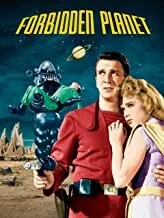
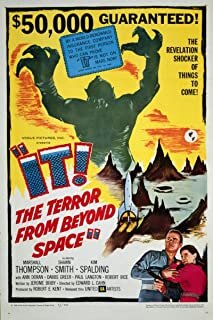

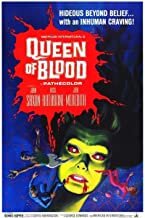
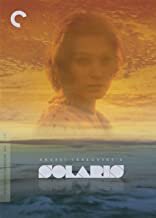

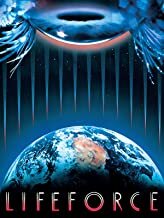
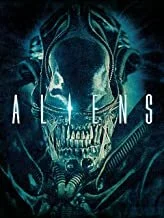
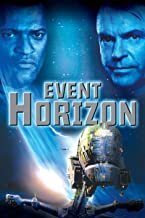
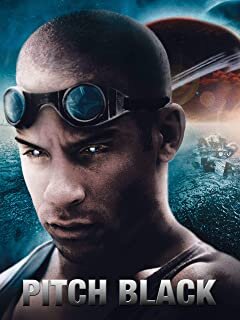
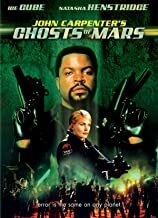
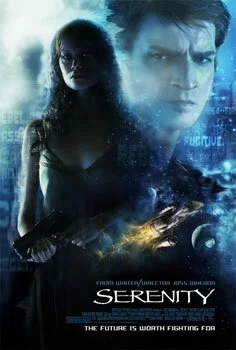
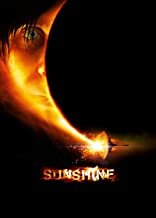
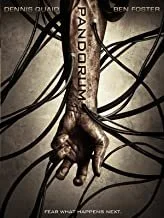
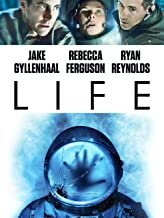
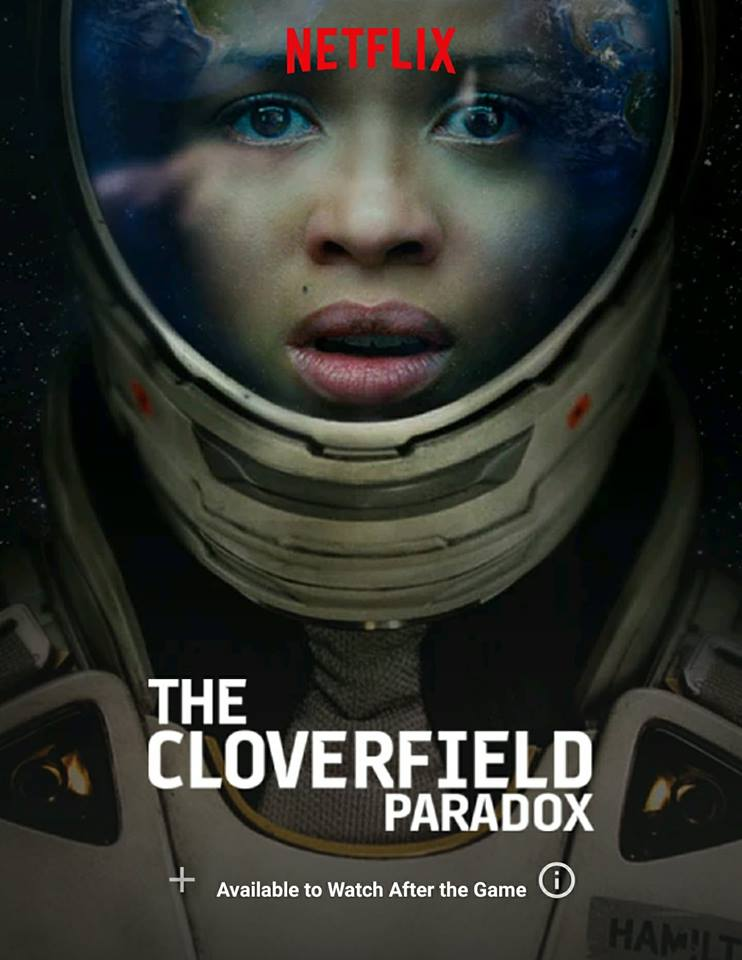
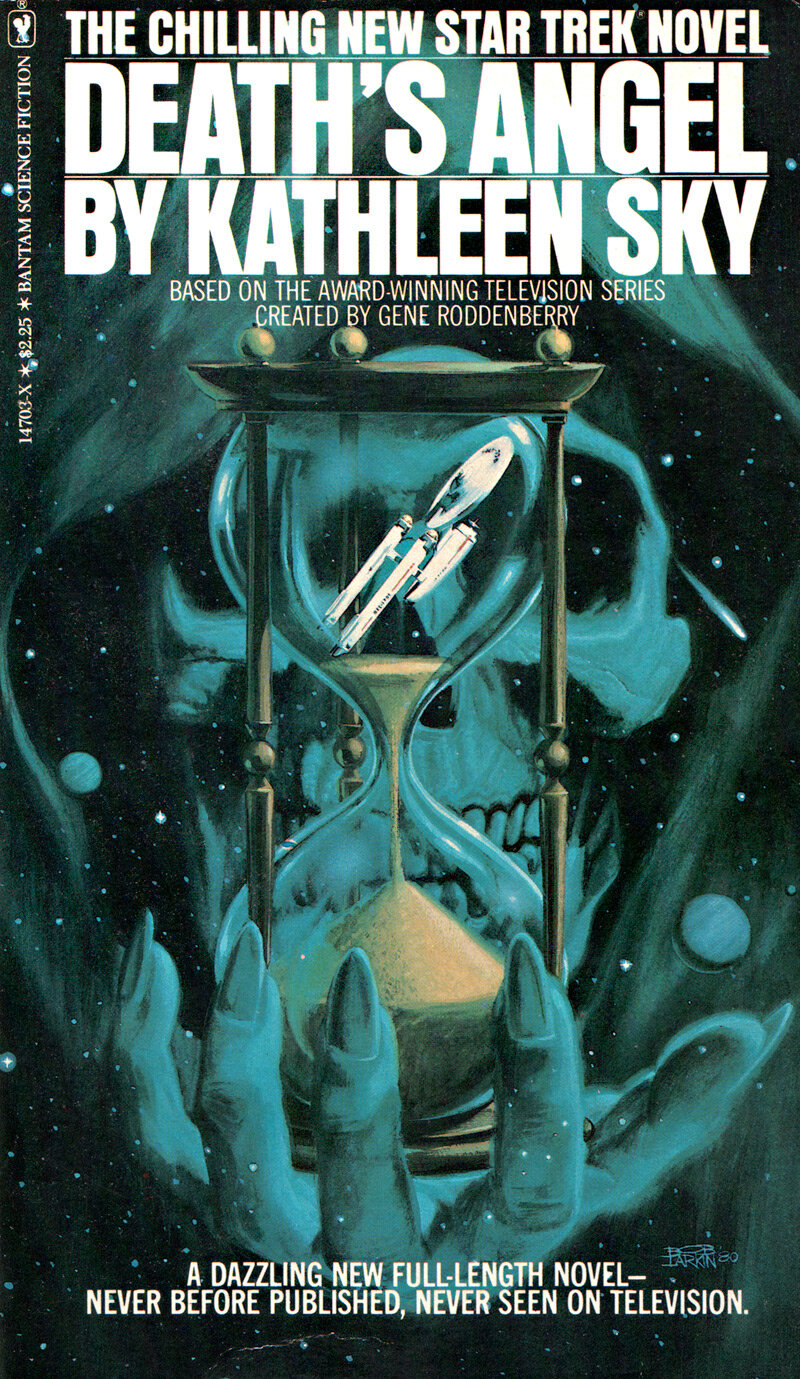

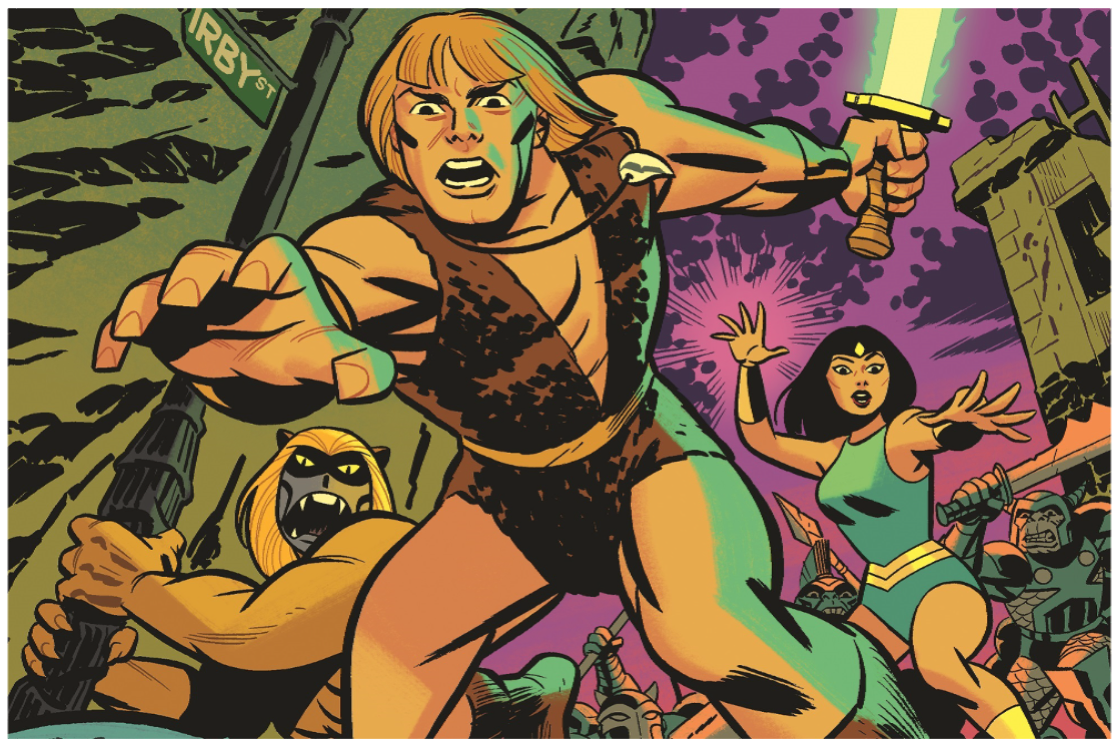


















Interviews with the several authors from the “Weird Tales Presents” project. The legendary magazine is adding original novels, anthologies, and compilations—with horror, sci-fi, and fantasy.